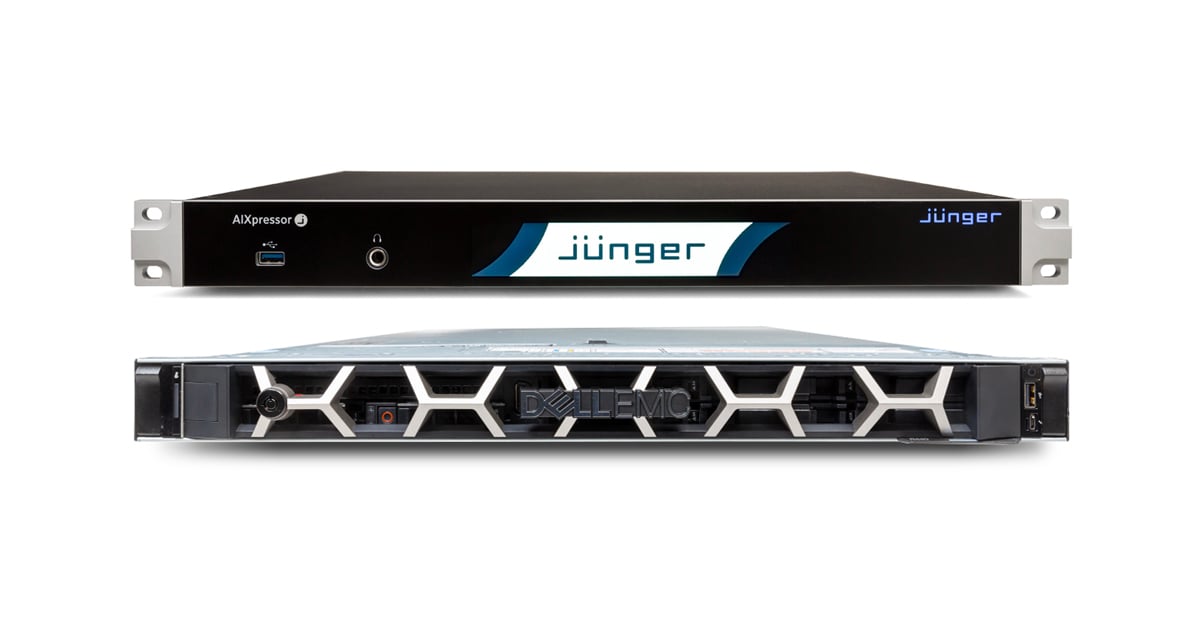S-ADM: What It Is, Why It Matters For Next Generation TV Production
By Larry Schindel on Jul 16, 2024 5:59:12 PM
Examining and implementing
S-ADM workflows
Serial ADM (S-ADM) is metadata that describes the elements of an audio program to enable object-based personalization in TV productions. It is defined in ITU-R BS.2125 and is starting to be adopted. This summer (2024), France TV and other European broadcasters will use it for the first time in broadcasts of some large-scale sporting events.

S-ADM can control sophisticated workflows for Next Generation TV audio.
One common use case for S-ADM will be the carriage of M&E bed mixes (which use channel-based audio) along with multiple announce and dialog channels (which use object-based audio) allowing for dynamic changes all the way through the broadcast chain, from production to the final encoders. These changes might include different announcer and language configurations, gain and position changes, or changes to the channel configuration of the bed mix (stereo, 5.1, immersive) at program boundaries. This provides the operator with the necessary controls to create the different combinations - called “presentations” – that the viewer will be able to select.
For these particular sports broadcasts, the Jünger Audio™ AIXpressor hardware device running the flexAI software environment will be used throughout the broadcast chain to enable S-ADM workflows, including at the venue in the OB truck, where it will author the metadata.

Jünger Audio AIXpressor (top) and flexAI Server (bottom).
Both the audio and S-ADM are then backhauled to the broadcast center. This backhaul can be accomplished via SMPTE ST 2110-30 or -31 for the audio and ST 2110-41 for the S-ADM. The metadata can also be carried as an audio channel in baseband connections using SDI or AES3.
Once the audio and metadata are received at the broadcast center, the AIXpressor's S-ADM rendering engines produce different outputs for monitoring and QA purposes, and also feed downstream encoders that are unaware of S-ADM. The operator can select from the various presentations offered in the S-ADM stream and monitor in stereo, 5.1-channel, and immersive configurations, changing them on the fly as needed. The AIXpressor can also modify the S-ADM within the broadcast center to reflect the changes brought on by ad insertions or other program changes.
Serial ADM is a key component to enabling personalization with Next Generation TV Audio broadcasts, and the Jünger Audio flexAI system and AIXpressor are there at the forefront, supporting broadcasters making the initial deployments of this emerging technology.
Tech In-Depth:
White Paper: S-ADM Authoring & Monitoring with flexAI
More Topics: Television Audio, Next Generaton Audio, 2024, S-ADM
Recent Posts
Subscribe
If you love broadcast audio, you'll love Telos Alliance's newsletter. Get it delivered to your inbox by subscribing below!